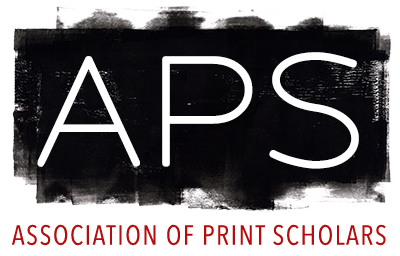Antoine Caron: Drawing for Catherine de’ Medici
Though not a court artist, Caron worked at the court of the Valois family, first at the Château de Fontainebleau, and then at the Château d’Anet where Henri II’s mistress Diane de Poitiers lived. He also contributed to the designs of the ephemeral decorations for the ceremonial entry into Paris of the young King Charles IX in 1571, and two years later to the celebrations of the election of his brother Henri to the throne of Poland and Lithuania. In 1581, Caron was the official painter for the wedding of the king’s favourite Anne d’Arques, duc de Joyeuse.
At the centre of this exhibition are six drawings that evoke the Valois Magnificences, complex festivals organised by the French court between 1573 and 1581, during the reigns of Catherine’s sons King Charles IX and King Henri III. The drawings capture in minute detail the jousts, tournaments, and a mock naval battle staged as part of these lavish spectacles. The compositions of the drawings were later readapted as designs for a set of tapestries.
These works, together with other drawings by Caron included in this display, showcase the ways in which the artist helped Catherine to achieve her goal of promoting her progeny. The importance of these drawings cannot be overemphasised, not only because they give us invaluable insights into the fashion, behaviour, protocol and the elaborate apparatus of the Valois ‘Magnificences’, but especially because they bear witness to Catherine’s insatiable desire to promote her legacy through powerful and arresting spectacles.

Leave a Reply
You must be logged in to post a comment.